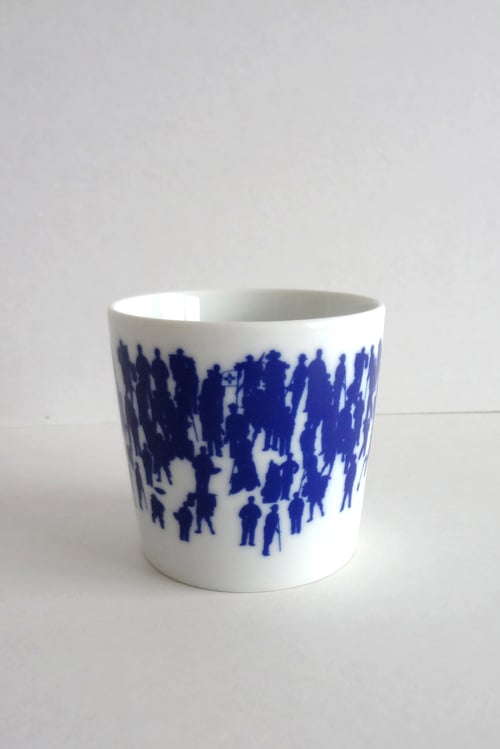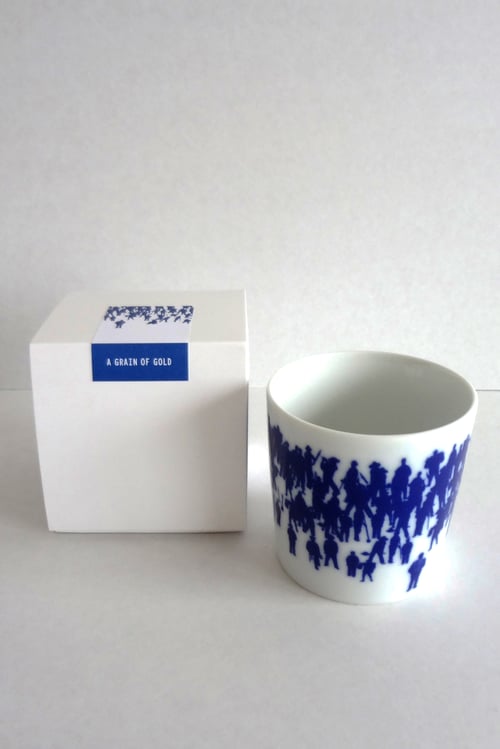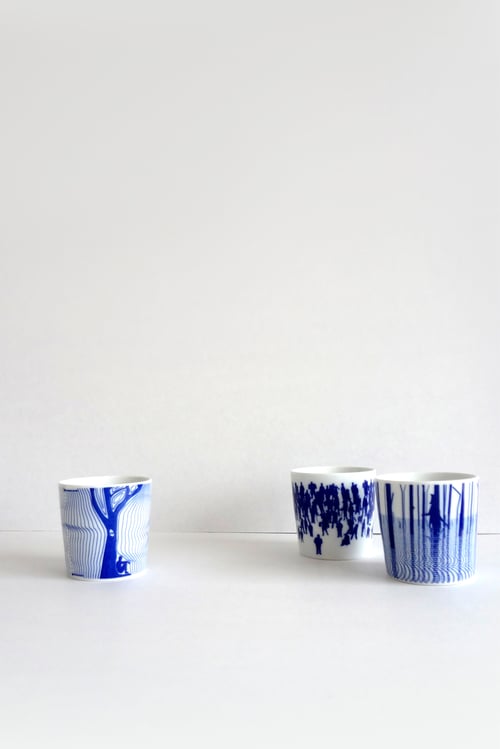A Grain of Gold
$42.00
In 1851, Edward Hargraves discovered a ‘grain of gold’ in a waterhole
near Bathurst in New South Wales.
The discovery marked the beginning of the Australian gold rushes and a radical change in the economic and social fabric of the nation.
The gold rushes attracted an unprecedented volume of hopeful migrants from all over the world, known as ‘diggers’, bringing to Australia a diverse range of skills and professions, unthought of prior
to the discovery.
. Designed in Australia + crafted in Arita, Japan
. Made using a 400 year old tradition
. Arita porcelain
. Traditional cobalt blue
. 8 x 8.5 cm
. For display or to serve
. Dishwasher and microwave safe
. Comes with gift box and information insert
ARITAYAKI - since 1616
Arita is known as the home of Imari porcelain, internationally the most famous type of Japanese pottery. The distinctive Japanese Arita porcelain is renowned for its superb quality and the tradition of porcelain making dating back 400 years, when Korean potters first discovered kaolin, a superior quality white clay in Arita and introduced the art of pottery to Japan.
COBALT BLUE - a Japanese heritage
The traditional blue and white cobalt oxide underglaze that has been in use in Japan from the earliest time of porcelain production.





